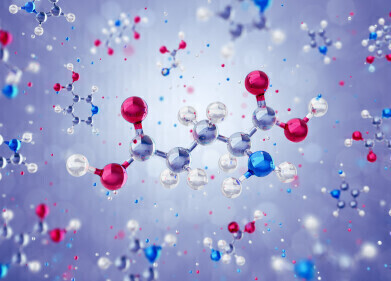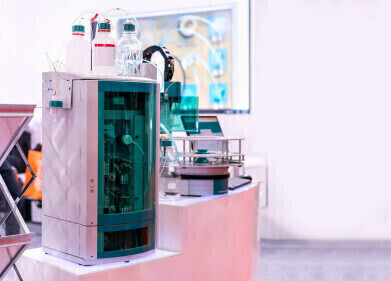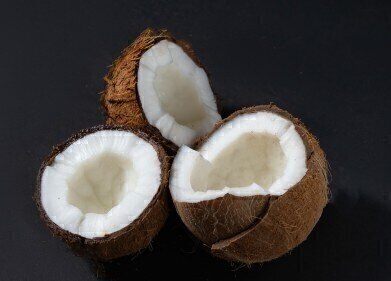Ion Chromatography (IC)
What's Growing on Barren Land? — Chromatography Digs Deeper
Jan 17 2018
Looking out at dry, empty landscapes, you could be forgiven for thinking that life is nowhere to be found — beside the odd scorpion hiding out from David Attenborough. But these dry lands are actually home to some important critters and understanding them could help scientists know more about our soils and how we can use them. Especially if climate change affects how we grow things nowadays.
Now a team from Berkeley Labs has carried out work on soil microbes and the effect of wetting them. A press release states that: Understanding how microbial communities in the biocrusts adapt to their harsh environments could provide important clues to help shed light on the roles of soil microbes in the global carbon cycle. So, what lurks beneath the dry, baked soil surface?
Microbes just love the rain
Four-tenths of the Earth’s land surface is described as arid. That means that not much in the way of vegetation grows in these environments. But beneath the surface lives a community of diverse microbes, living in the top few millimetres of the soil. Bacteria, fungi and archaea — organisms lacking a defined nucleus — exist in a dry state, asleep under the soil.
But when it rains — they come alive. When the microbes wake up they become metabolically active. And this alters the chemistry of the soil and how the microbes live together. Trent Northen, a senior scientist at Lawrence Berkeley National Laboratory said:
These biocrusts and other soil microbiomes contain a tremendous diversity of both microbes and small molecules (‘metabolites’). However, the connection between the chemical diversity of soil and microbial diversity is poorly understood.
Exometabolomics — metabolic foot printing
The team from Berkeley labs used a process known as exometabolomics to try and find out what happens to the microbes when they get wet after it rains, and they become alive again. Knowing how microbe communities in arid regions react could help scientists understand more about the carbon cycle. Work has previously been carried out in test tubes — but this time the team were interested in how the microbes behaved in their natural environment.
Liquid chromatography mass spectrometry was used to measure the metabolite composition. The preparation of samples and use of MS is discussed in the article, MS Atmospheric Pressure Ionisation Sources: Their Use and Applicability. They report that the process they used allows an understanding of the role of microbes in the environment. Further work will be carried out that might allow the team to predict the nutrients generated by microbes — possibly leading to manipulation of microbes to produce nutrients we need.
Digital Edition
Chromatography Today - Buyers' Guide 2022
October 2023
In This Edition Modern & Practical Applications - Accelerating ADC Development with Mass Spectrometry - Implementing High-Resolution Ion Mobility into Peptide Mapping Workflows Chromatogr...
View all digital editions
Events
Apr 23 2024 Kintex, South Korea
Apr 23 2024 Seoul, South Korea
Apr 28 2024 Montreal, Quebec, Canada
May 05 2024 Seville, Spain
May 15 2024 Birmingham, UK














